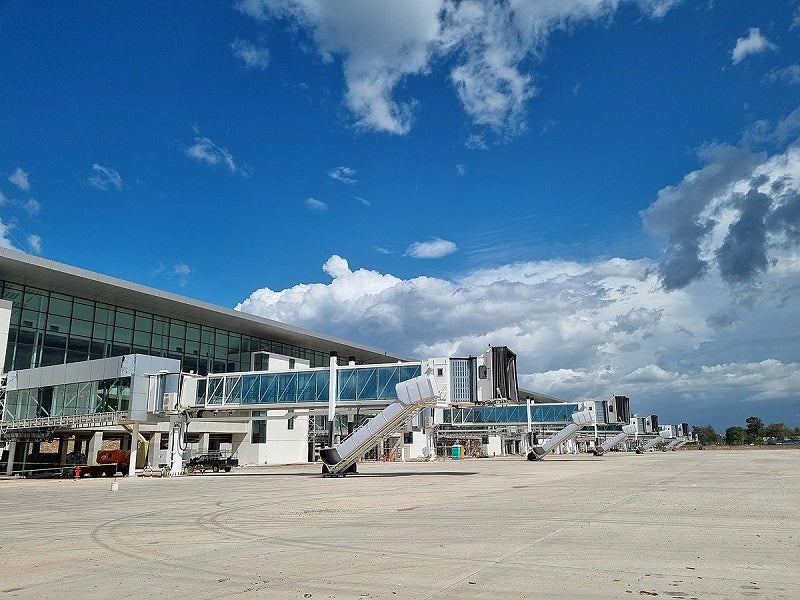Palmerola International Airport

Palmerola International Airport is a new airport being built in Comayagua, Honduras, to replace Toncontín International Airport, which is located in the capital city of Tegucigalpa.

Project Type
Greenfield Airport Development
Location
Comayagua, Republic of Honduras
Investment
$ 163 million
Number of terminals
1
Toncontin International Airport is one of the most dangerous airports in the world due to its short runway and its proximity to mountainous terrain.
The new airport project is one of the main initiatives of the Government of Honduras to increase the country's productive infrastructure and transform it into a logistics and transportation center for the Central American region.
Developed under the public-private partnership (PPP) model, the project is estimated to cost 163 million dollars.
The airport will be able to handle approximately 1.5 million passengers a year. It is designed to offer a useful life of 50 years and to comply with the standards of the International Civil Aviation Organization (ICAO).
The first stage of the airport's construction will take two years, while the entire project will generate 3,500 direct and 7,000 indirect jobs.
Location of the new airport in Honduras
The Palmerola airport will be built on a site currently occupied by the Palmerola Air Base in the Comayagua Valley, 70km from the capital city. The site is located on the main highway between Tegucigalpa and San Pedro Sula.
Palmerola airport project background
Honduras has four international airports with an annual traffic of 1.8 million passengers. A third of the country's air operations are concentrated at the Toncontin airport , which presents serious risks for users. This led the government to plan a first-class, safe, modern and efficient international airport in Comayagua.
Facilities at the new airport
The new Comayagua airport will have an 11,150m² two-story passenger terminal with modern infrastructure, including 16 check-in counters, VIP lounges and three baggage carousels. The terminal will generate clean energy through solar panels.
The airport will also have a 1,500m² air cargo terminal, a new control tower, hangars, auxiliary buildings and a taxiway to connect the apron with the airfield, as well as aircraft parking spaces for general, regional aviation. and commercial. Existing airbase systems will be adapted to comply with ICAO standards.
Other facilities will include a fire station, multipurpose buildings, and a modernized parking area. Access to the street will have a road that connects the CA-5 highway with Yarumela, along with a new fence and a perimeter road.
Pistas de aterrizaje
The first stage of construction of the airport will take two years, while the entire project will generate 3,500 direct jobs and 7,000 indirect.
The new airport will feature a 2,440-meter-long runway, which will accommodate commercial aircraft, narrow-body aircraft without restrictions and wide-body aircraft with few restrictions in long-haul destinations. Unlike the runway at Toncontin airport, the new runway may be expanded in the future.
The runway will also be equipped with an instrument landing system (ILS), which improves safety and regularity in low conditions.
Financing the new airport in Honduras
The estimated investment for the project is $ 163 million, of which $ 53 million will be financed by the Government of Spain through a debt restructuring program with Honduras, $ 87 million will be provided by private investors and $ 23 million by the Government of Honduras.
